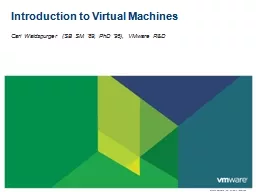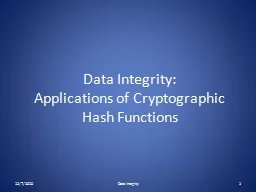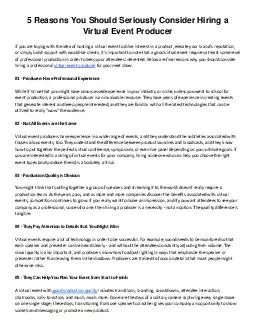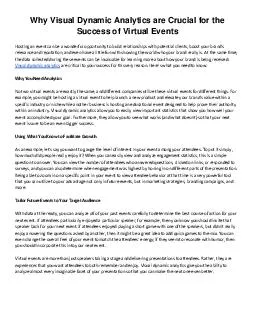PPT-VTint A System for Protecting the Integrity of Virtual Function Tables
Author : alexa-scheidler | Published Date : 2018-11-06
Presentation on a paper by Chao Zhang Chengyu Song Kevin Zhijie Chen Zhaofeng Chen and Dawn Song Background Attackers Motivation Memory corruption bugs are a classic
Presentation Embed Code
Download Presentation
Download Presentation The PPT/PDF document "VTint A System for Protecting the Integr..." is the property of its rightful owner. Permission is granted to download and print the materials on this website for personal, non-commercial use only, and to display it on your personal computer provided you do not modify the materials and that you retain all copyright notices contained in the materials. By downloading content from our website, you accept the terms of this agreement.
VTint A System for Protecting the Integrity of Virtual Function Tables: Transcript
Download Rules Of Document
"VTint A System for Protecting the Integrity of Virtual Function Tables"The content belongs to its owner. You may download and print it for personal use, without modification, and keep all copyright notices. By downloading, you agree to these terms.
Related Documents














